Cover
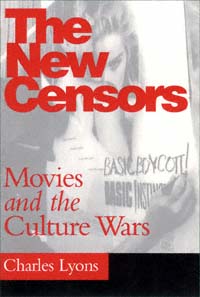
| title | : | The New Censors : Movies and the Culture Wars Culture and the Moving Image |
| author | : | Lyons, Charles. |
| publisher | : | Temple University Press |
| isbn10 | asin | : | 1566395127 |
| print isbn13 | : | 9781566395120 |
| ebook isbn13 | : | 9780585382470 |
| language | : | English |
| subject | Motion pictures--Censorship--United States, Culture conflict--United States. |
| publication date | : | 1997 |
| lcc | : | PN1995.62.L96 1997eb |
| ddc | : | 363.3/1/0973 |
| subject | : | Motion pictures--Censorship--United States, Culture conflict--United States. |
Page i
THE NEW CENSORS
Movies and the Culture Wars
Page ii
In the series
CULTURE AND THE MOVING IMAGE
edited by Robert Sklar
Page iii
THE NEW CENSORS
MOVIES AND THE CULTURE WARS
Charles Lyons

TEMPLE UNIVERSITY PRESS
Philadelphia
Page iv
Some images in the original version of this book are not available for inclusion in the netLibrary eBook.
Temple University Press, Philadelphia 19122
Copyright 1997 by Charles Lyons
All rights reserved
Published 1997
Printed in the United States of America
 The paper used in this publication meets the requirements of the American
The paper used in this publication meets the requirements of the American
National Standard for Information SciencesPermanence of Paper for Printed
Library Materials, ANSI Z39.48-1984
Text design by Gary Gore
Library of Congress Cataloging-in-Publication Data
Lyons, Charles, 1960
The new censors: movies and the culture wars / by Charles Lyons.
p. cm.(Culture and the moving image)
Includes bibliographical references and index.
ISBN 1-56639-511-9 (cloth: alk. paper).ISBN 1-56639-512-7 (pbk.)
1. Motion picturesCensorshipUnited States. I. Title. II. Series.
PNI995.62.L96 1997
363.3'1'0973dc20 96-36587
Page v
For Nick, Mari, Jennifer, Paul, and Tony
Page vi
Page vii
Contents
| Acknowledgments | ix |
|
| Introduction: Don't Watch That Movie! | 1 |
|
WarningPolitical Propaganda
The Case against If You Love This Planet (1982) | 26 |
|
Murder of Women Is Not Erotic
Feminists against Dressed to Kill (1980) | 53 |
|
No More Racist Movies Here
Asian Americans against Year of the Dragon (1985) | 81 |
|
We Are Not Invisible
Gays and Lesbians against Basic Instinct (19911992) | 107 |
|
This Film Is Blasphemy
Religious Opposition to The Last Temptation of Christ (1988) | 146 |
|
| Conclusion: Winners and Losers | 183 |
|
| Notes | 193 |
|
| Index | 223 |
Page viii
Page ix
Acknowledgments
A host of people have been close to this project from its inception and deserve to be singled out: My parents, Nick and Mari Lyons; my siblings, Jennifer, Anthony, and Paul; Professor Leif Sjberg (Stony Brook, retired); Professors Annette Insdorf and Charles Musser (who sponsored and advised me through this book's earlier form, a dissertation at Columbia); Professors David Kastan, David Sterritt, and Andrew Sarris, who sat on my defense; Professor Frank Couvares (Amherst) and Professor Robert Sklar (NYU), whose advice was invaluable; and Janet Francendese (Temple University Press), who has patiently guided this book to its present form.
I also thank Everette Dennis, Marion Maneker, Roya Kowsar, Tim Bent, Arlene Donovan, Robert Benton, Lisa Hacken, Glenn Elliot, Chris Hill, Neal Gabler, Steve Brennan, Helena Hjarlmarsson, Trudy Ship, Lyle Mayer, Michael Medved, Lance Hickey, Mimi McGraph, Tina Gianquitto, Rebekah Rudd, Mark Gompertz, George and Dan Hess, Steve and Lori Herek, Miranda Viscoli, and Ibra Morales each of whom has helped me along the way. For kindly allowing me to interview them, I thank Terri Nash, Mitchell Block, Charles Sims, Dorchen Leidholdt, Janet Sakomoto, and Ellen Carten. Finally, I am especially grateful to Bobbe Needham (a terrific copy editor), David Bartlett, and the entire staff at Temple University Press and P. M. Gordon Associates for conscientiously creating this book.
Page x
Page xi
THE NEW CENSORS
Movies and the Culture Wars
Page xii
Page 1
INTRODUCTION Don't Watch That Movie!
P rotesters stand in front of your neighborhood movie theatre. Some chant, some carry banners, some distribute flyers. All seem frenzied. What's the commotion? you wonder. What's so outrageous about the movie against which they are protesting? You decide to cross their picket line, to watch the film yourself, to know, definitively, the reason for the all fuss and bother. Boldly, you approach the ticket window. Just as boldly a protester blocks your way. Don't watch that movie! he barks. It's a lie! Is this censorship or simply a healthy instance of democratic freedom of expression?
In this book I argue a simple central point: Although some antimovie actions by groups or institutions may produce censorious results, in a democracy it is far more healthy to risk such an outcome than in any way to limit groups' right to peaceably gather and protest. I also have found that between 1980 and 1995 the Right was far more successful in achieving censorship of movies than was the Left.
In making these arguments, I explore how censorship operates within the movie industry today and reflect on the separate histories of both pressure group and governmental activity against five selected movies. For only by following the history of censorship controversies over a period of time can we approach such questions as these: What do the
Page 2
successes of some groups and the failures of others in effecting censorship tell us about power and about the operation of corporate capitalism in the United States today? What does the relationship between protest and legal censorship tell us about contemporary U.S. democracy? Government involvement in movie censorship invites a separate series of questions, most importantly, when one branch of the government in the early 1980s decides to label an anti-nuclear film political propaganda and attempts to limit public access to it, what does this reveal about that government's ideological agenda?
Between 1980 and 1995, protests over cinematic imagery came to reflect larger cultural debates over a wide variety of art. But the battles over movies deserve separate attention for at least two reasons: because groups on the Left and Right so visibly and aggressively participated in them, and because they demonstrate how direct-action campaigns have come to overshadow the only remaining formal means of movie regulation, the rating system.
Next page


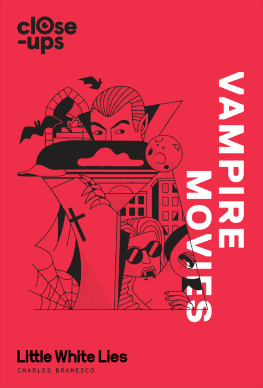

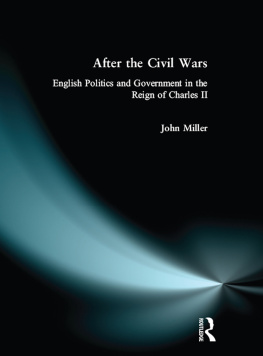




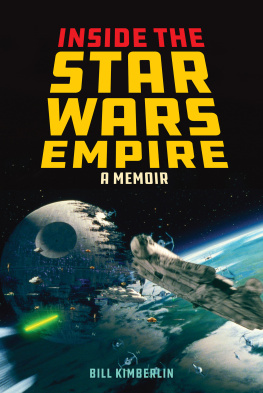
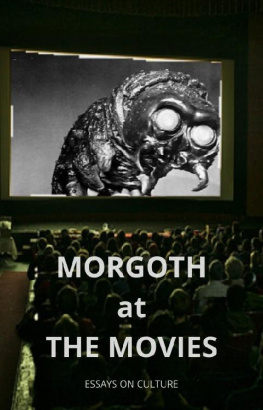
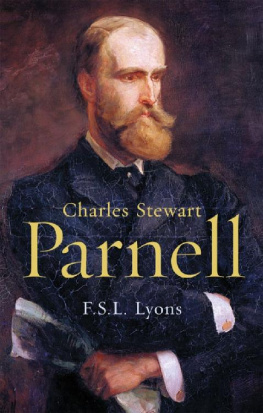



 The paper used in this publication meets the requirements of the American
The paper used in this publication meets the requirements of the American